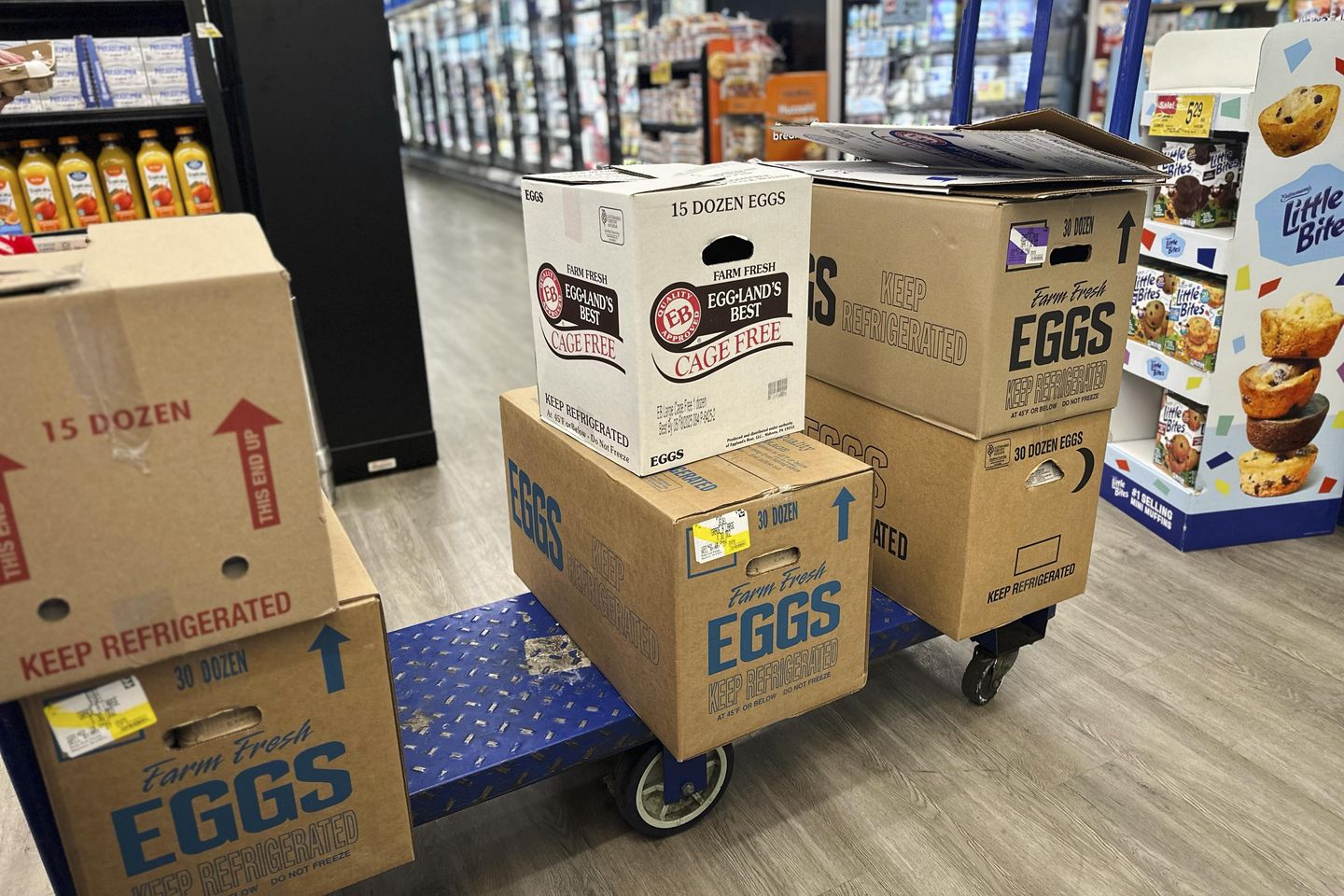
Inflation remains the top financial concern of Americans in Gallup’s latest polling, but sharply fewer cite it than a year ago.
The public opinion firm reported Wednesday that 29% of adults responding to an April survey named “inflation or the high cost of living” as the most important financial problem facing their family today, down from 41% last year and 35% in 2023.
By comparison, 8% of adults cited inflation in an April 2021 survey before prices began soaring. In Gallup polls going back to 2005, the tally of adults citing inflation surged steadily from a low of 3% in April 2020 to a high last year.
“Going forward, whether these concerns worsen or abate will likely depend heavily on the effect that President Donald Trump’s economic policies have on consumer prices, employment, wages and stock values,” said Jeffrey M. Jones, Gallup’s senior editor. “For now, Americans are worried about the threat of inflation from tariffs, with two-thirds saying Trump’s tariffs on U.S. trading partners are ‘very likely’ to increase prices on the products they buy.”
Mr. Jones noted that the survey was conducted “during a period of stock market volatility” when the Trump administration announced broad tariffs for many U.S. imports on April 2 and paused most of them on April 9.
While the share of Americans naming inflation as a financial worry dropped by 12 percentage points from April 2024, the percentage of adults flagging stock investments as a worry grew from 1% to 6%. The share of those citing a lack of money or low wages rose from 7% to 12%.
The cost of owning or renting a home was tied with “lack of money” for the second-biggest worry on the survey, dropping slightly from 14% last year to 12% this year.
Overall, 44% of adults rated their financial situations as excellent or good, 37% as only fair and 18% as poor — unchanged from last year and down from 57% who said excellent or good in April 2021. A record-high 53% said their financial situation is getting worse compared with 38% who said it’s getting better.
Gallup conducted a randomized national telephone survey of 1,006 adults from April 1-14. The margin of error was plus or minus 4 percentage points at the 95% confidence level.












